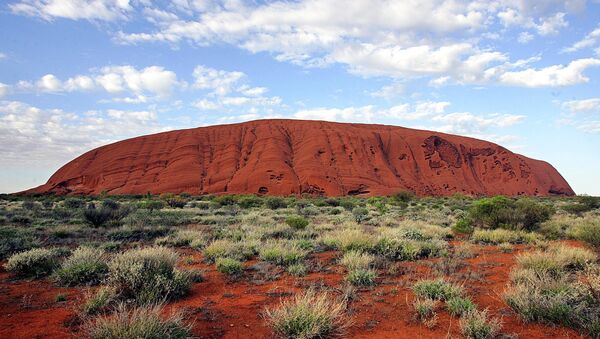An international team of researchers, including scientists from Australia's University of Adelaide and Scotland's University of Aberdeen, has discovered a field of 100 'Jurassic-era' underground volcanoes hidden below the Earth's surface in central Australia, according to a study published in the journal Gondwana Research.
The Cooper-Eromanga Basins, spanning and area in the northeast of South Australia and southwest of Queensland, have been the site of about 60 years of petroleum exploration and production. The ancient underground landscape, however, went unnoticed by experts.
Using advanced subsurface imaging technology to identify volcanic craters, lava flows and magma chambers in the Cooper-Eromanga basins, the team revealed the features of the volcanoes, 180 million years after they first developed, in the Jurassic period, between 180 and 160 million years ago.
The volcanoes were subsequently buried beneath layers of sedimentary rock.
Although offering a barren landscape today, the Cooper-Eromanga Basins in Jurassic times had craters and fissures that spewed hot ash and lava, and were encircled by river channels evolving into lakes.
“While the majority of Earth's volcanic activity occurs at the boundaries of tectonic plates, or under the Earth's oceans, this ancient Jurassic world developed deep within the interior of the Australian continent,” said associate professor Simon Holford.
According to Holford, the find offers the prospect of more undiscovered volcanic worlds concealed under the surface of Australia.
What renders the current research particularly interesting is that it suggests more volcanic activity in Australia during the Jurassic period than earlier believed.
The new finds have the potential of altering the understanding of processes that operated in the Earth's past, conclude the scientists.


